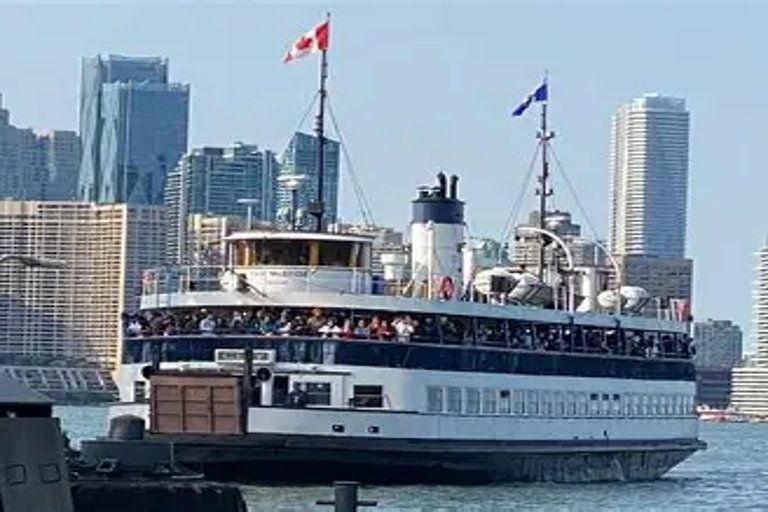New Ferry Terminal Enhances Access to Toronto Islands
With upgraded facilities and streamlined boarding, the terminal is expected to improve the visitor experience this summer.

Toronto's long-awaited Jack Layton Ferry Terminal renovation is finally complete, offering a major upgrade for passengers traveling to and from the Toronto Islands. The new terminal, which officially opened to the public this week, features modernized infrastructure, expanded waiting areas, and improved accessibility for travelers of all ages and abilities.
Located at the foot of Bay Street, the ferry terminal serves as a vital link between the mainland and the islands, which attract over 1.4 million visitors annually. The upgrade was designed to address longstanding issues with congestion, outdated facilities, and limited services during peak travel seasons.
One of the most notable improvements is the expanded boarding area, which now includes covered walkways, additional seating, and real-time digital signage displaying departure updates. The space was designed with guidance from architects and accessibility advocates to ensure smoother flow and comfort for high-volume crowds.
Mayor Olivia Chow praised the project at the ribbon-cutting ceremony, calling it 'a gateway that reflects Toronto’s values of inclusivity, sustainability, and beauty.' The event drew a crowd of city officials, local artists, and residents eager to explore the enhanced space before the summer travel rush.
The redesign includes green infrastructure elements such as rain gardens, permeable surfaces, and solar-powered lighting. These features are part of the city’s commitment to sustainable development along the waterfront and to improving the environmental footprint of high-traffic public spaces.
Travelers with mobility aids, strollers, or bicycles will notice a significant difference in navigation, thanks to wider ramps, tactile wayfinding strips, and elevator access to all areas of the terminal. Public washrooms have also been rebuilt to be gender-inclusive and fully accessible.
In addition to physical upgrades, the terminal now hosts public art installations curated by Waterfront Toronto in collaboration with Indigenous and local artists. The inaugural pieces include a mosaic by Métis artist Christi Belcourt and a kinetic sculpture by emerging sculptor Eric Wu.
The terminal’s retail area features a rotating vendor program supporting small local businesses. Visitors can now grab locally roasted coffee, pick up snacks from Toronto artisans, or browse branded merchandise and island guides while waiting to board.
Passenger processing times have already improved during test operations, according to the Toronto Ferry Services Division. Automated ticket scanners and dedicated lines for pre-booked groups have helped reduce bottlenecks and streamline boarding procedures, especially on weekends and holidays.
The renovation, which cost approximately $52 million, was funded by all three levels of government. City officials say the investment is justified by the volume of visitors and the importance of the islands as a cultural, recreational, and ecological asset.
Frequent ferry user and island resident Helen Markovich said the new terminal is a welcome change. 'It’s not just about comfort — it’s about dignity. This place finally feels like a proper welcome to the islands we love,' she said while disembarking from the first public ferry of the day.
With the summer season approaching, the new terminal is expected to accommodate record ridership. Online ticketing remains the fastest way to secure travel, and city officials encourage island-goers to plan ahead as ferry schedules ramp up for peak demand.